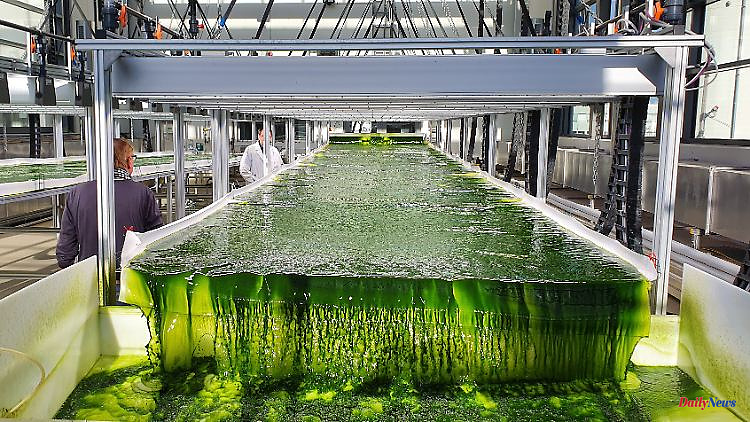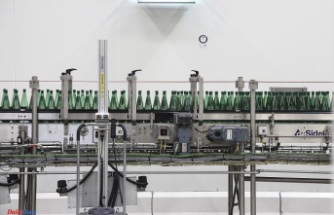Rare earths, which are needed for many high-tech products, are rare and expensive. A research team from Munich is now finding a way to recover these metals from industrial wastewater. They use so-called cyanobacteria for the process.
Several strains of cyanobacteria can bind substantial amounts of rare earth metals. In some strains, the adsorbed metals made up up to ten percent of the dry matter of the microorganisms, reports a German research team led by Thomas Brück from the Technical University of Munich in the journal "Frontiers in Bioengineering and Biotechnology". The discovery could enable a biotechnological recycling process for rare earths found in high-tech products.
Mobile phones, cameras, electric motors, wind turbines and lighting: these are just a few of the modern products that use rare earth metals. Because these 17 metals have extraordinary electromagnetic, catalytic and optical properties. However, there are only a few deposits worldwide where the mining of rare earths is economically worthwhile. In addition, the extraction of the metals is often environmentally harmful and large amounts of waste are produced. Therefore, scientists are looking for ways to efficiently recycle rare earth metals.
Cyanobacteria, formerly incorrectly called blue-green algae, are known to bind to metals. Brück and colleagues carried out their experiments with four strains that had already been cultivated in laboratories and with eight other strains that had been isolated from their natural environment. They come from habitats with extreme environmental conditions, such as natron lakes in Chad, deserts in Namibia, crevices in South Africa or polluted streams in Switzerland.
"These cyanobacteria could be used in future environmentally friendly processes for the recovery of rare earth metals and for the treatment of industrial wastewater at the same time," Brück is quoted as saying in a statement from the specialist magazine.
The scientists exposed the bacterial cultures to an aqueous solution containing the rare earth metals lanthanum, cerium, neodymium and terbium. Five strains showed interesting binding properties. In nature they live under very different conditions and come from different orders, but they have one thing in common: They produce large amounts of so-called extracellular polymeric substances (EPS), which result in a biofilm.
Experiments with different pH values indicate an electrochemical binding mechanism associated with this biofilm. "The biomass from cyanobacteria has a high proportion of sugar compounds that carry negative charges. These attract positively charged metal ions, which are then bound to the biomass," explains lead author Michael Paper from the Technical University of Munich in a statement from the university.
Cyanobacteria of the genus Nostoc brought the highest yield with 84.2 to 91.5 milligrams of metal per gram of biomass. An advantage with regard to a biotechnological process is the fact that the reaction proceeds very quickly: in experiments with cerium, most of the metal was already bound to the biomass in the first five minutes.
The scientists also investigated possible problems: If, for example, lead or aluminum are present in the aqueous solution, then they are bound to the cyanobacteria more efficiently than the rare earth metals. But Brück is confident that a commercial recycling process can be developed from the research. A major advantage is that the binding mechanism is reversible: "That means we can wash out the metals and reuse the biomass." In this way, a true circular economy could emerge.












